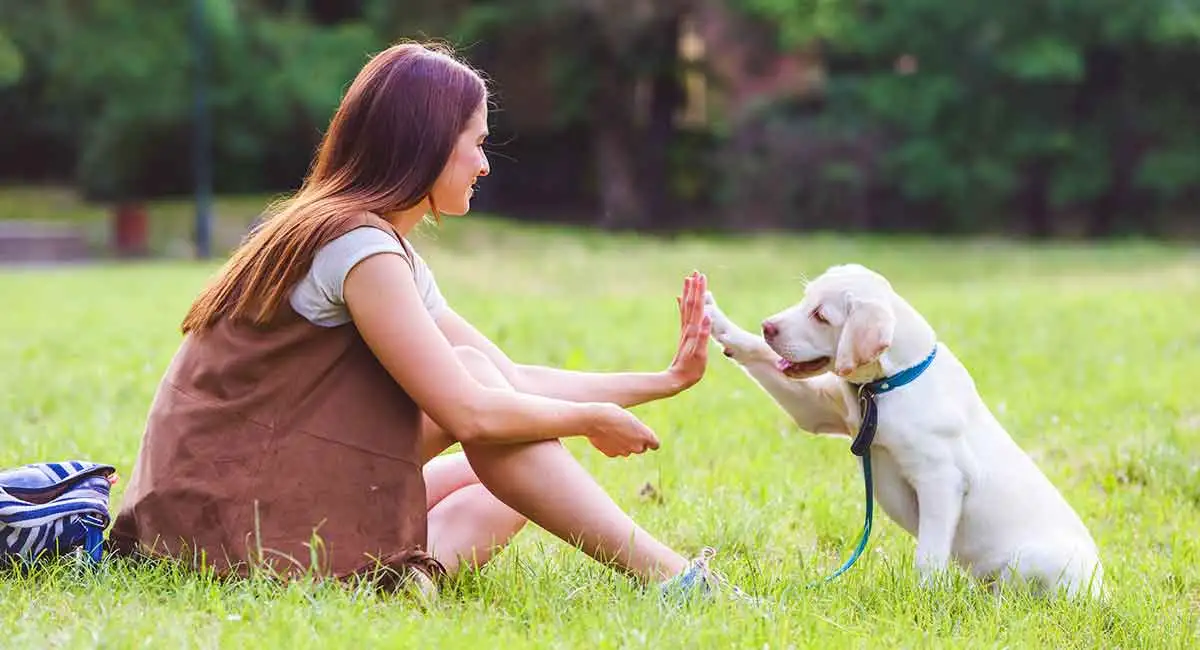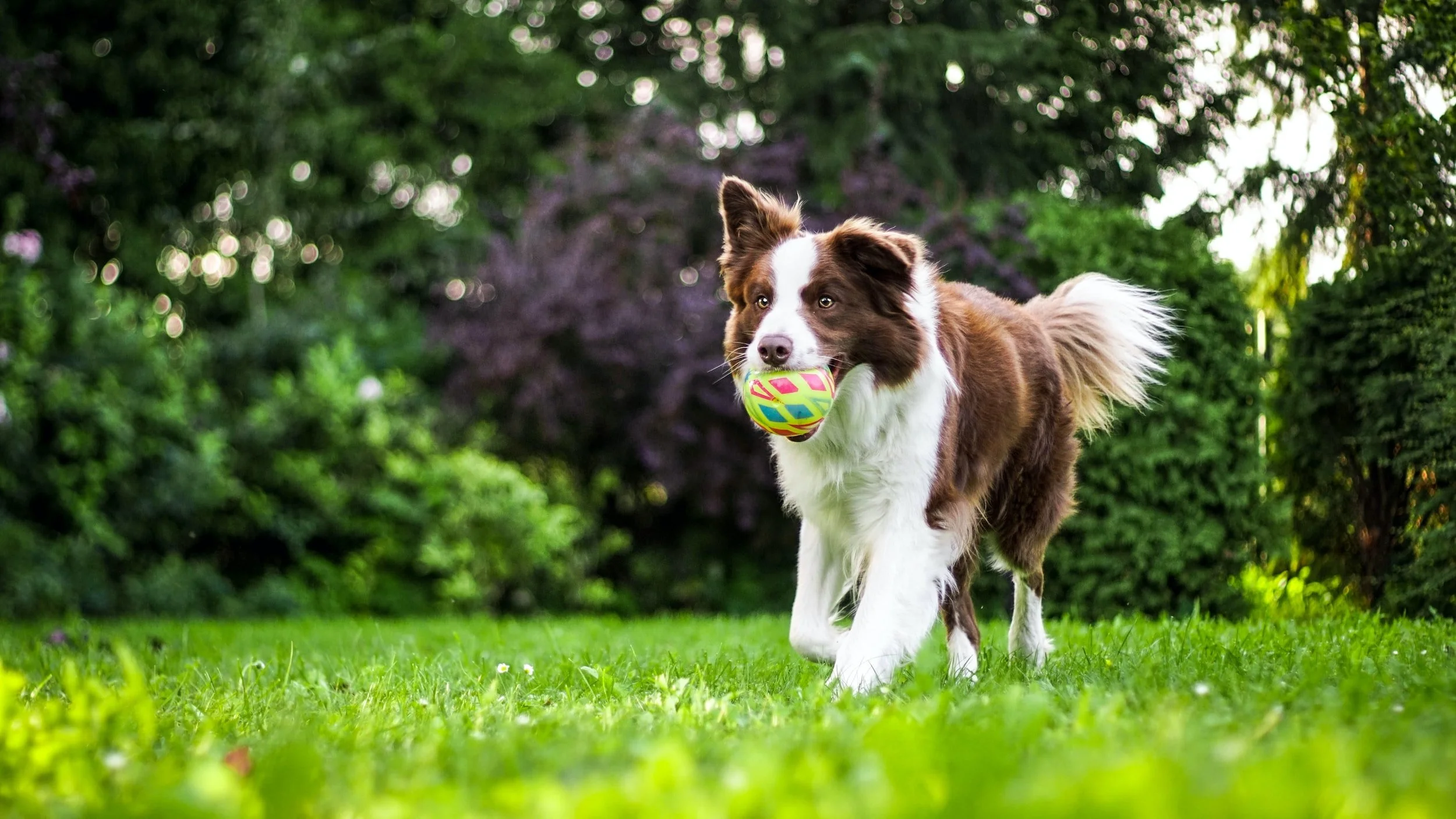Training your dog isn’t just about teaching them to sit or stay—it’s about building a stronger bond, ensuring their safety, and promoting good behavior. Whether you have a playful puppy or an older dog set in its ways, training is key to a happy, healthy relationship with your furry friend. This guide will walk you through everything from basic commands to advanced techniques, making it easy to get started, no matter your experience level.
- Why Dog Training is Essential
- Understanding Dog's Intelligence and Behavior
- When to Start Training Your Dog
- Basic Dog Training Commands
- Positive Reinforcement Techniques
- Common Dog Training Mistakes to Avoid
- House Training Tips
- Leash Training and Walking Etiquette
- Dealing with Behavioral Issues
- Advanced Dog Training Techniques
- Top Professional Dog Trainers
- When to Hire a Professional Dog Trainer
- Conclusion
- FAQs
Why Dog Training is Essential
Dog training is about more than just obedience; it’s about creating a well-rounded, happy dog. Here’s why it’s so important:
- Prevents Behavioral Issues: Training helps stop bad habits before they start, like chewing on furniture or excessive barking.
- Ensures Safety: Commands like “come” and “leave it” can prevent your dog from dangerous situations.
- Strengthens Bond: Training sessions are a great way to build trust and improve communication with your dog.
- Mental Stimulation: Just like people, dogs need to exercise their brains to stay sharp and happy.
Understanding Dog’s Intelligence and Behavior
Understanding your dog’s intelligence and behavior is key to effective training. Every breed has unique traits, and recognizing these can help tailor your training approach.
Types of Dog Intelligence:
- Adaptive Intelligence: A dog’s ability to solve problems and learn from experience.
- Instinctive Intelligence: Skills that are innate, such as herding, hunting, or guarding.
- Working Intelligence: A dog’s ability to follow commands and execute tasks, like in obedience training.
Common Dog Behaviors and What They Mean:
- Barking: Can indicate excitement, anxiety, or alertness.
- Tail Wagging: While usually a sign of happiness, a stiff wag can signal aggression.
- Chewing: A natural behavior but needs to be directed toward appropriate chew toys.
- Digging: Often due to boredom or hunting instincts, manageable through training.
Knowing how your dog thinks and reacts will help you use training methods that work best for them.
When to Start Training Your Dog

- Puppies: The best time to start training is as early as 8 weeks old. Puppies are like sponges, soaking up new information quickly.
- Adult Dogs: It’s never too late! Older dogs can learn new tricks with patience and consistency.
- Socialization: Early exposure to people, other dogs, and new environments helps prevent fear and aggression later in life.
Basic Dog Training Commands
Training should be fun and rewarding for both you and your dog. Here are some simple obedience commands with easy training steps:
- Sit:
- Hold a treat close to your dog’s nose.
- Move your hand up, allowing their head to follow, causing their bottom to lower.
- Once they’re in a sitting position, say “Sit,” give the treat, and praise them.
- Stay:
- Ask your dog to sit.
- Open your palm in front of you and say “Stay.”
- Take a step back; if they stay, reward them.
- Increase the distance gradually.
- Come:
- Put a leash on your dog.
- Say “Come” while gently pulling them toward you.
- Reward them when they reach you.
- Leave It:
- Place a treat in both hands.
- Show one closed hand with the treat and say “Leave it.”
- When they stop trying to get it, give the treat from the other hand.
- Repeat until they learn to ignore the first treat.
- Down:
- Hold a treat near your dog’s nose and move it towards the ground.
- Once they lay down, say “Down,” reward them, and give plenty of praise.
Consistent training and positive reinforcement will ensure your dog learns and retains these commands effectively.
Positive Reinforcement Techniques
Positive reinforcement is the most effective and humane way to train your dog.
- What is it? Rewarding good behavior with treats, praise, or play.
- Timing Matters: Reward immediately to help your dog connect the behavior with the reward.
- Consistency is Key: Always reinforce good behavior and ignore bad habits instead of punishing them.
Common Dog Training Mistakes to Avoid
- Inconsistency: Using different commands or not sticking to a routine confuses your dog.
- Overusing Punishment: Punishment can cause fear and anxiety; focus on rewards instead.
- Expecting Quick Results: Training takes time and patience—don’t rush the process.
- Skipping Socialization: Dogs need to interact with other people and animals to develop good behavior.
House Training Tips
Potty training is one of the first challenges new dog owners face.
- Set a Schedule: Take your dog out at regular intervals, especially after eating or drinking.
- Crate Training: Dogs naturally avoid soiling their sleeping area, making crates a useful tool.
- Dealing with Accidents: Stay calm and clean up without punishment—redirect your dog to the right spot.
Leash Training and Walking Etiquette
A well-behaved dog on a leash makes walks enjoyable for both of you.
- Teach Loose-Leash Walking: Reward your dog for walking beside you without pulling.
- Manage Distractions: Practice in quiet areas before moving to busier environments.
- Use the Right Tools: Harnesses can give you better control without harming your dog’s neck.
Dealing with Behavioral Issues
Every dog has quirks, but some behaviors need extra attention.
- Separation Anxiety: Gradually increase the time your dog spends alone, and provide toys to keep them occupied.
- Aggression: Identify triggers and consult a professional if needed.
- Excessive Barking: Teach the “quiet” command and remove the cause of stress or excitement.
Advanced Dog Training Techniques
Ready to take things up a notch? Try these advanced techniques:
- Clicker Training: A clicker marks the exact moment your dog does something right.
- Trick Training: Teach fun tricks like “roll over” or “play dead” to keep your dog mentally engaged.
- Agility Training: Set up obstacle courses for physical exercise and mental stimulation.
Top Professional Dog Trainers
Finding the right trainer can make all the difference in your dog’s learning experience. Here are some of the top professional dog trainers known for their expertise and positive reinforcement techniques:
- Cesar Millan (The Dog Whisperer): Known for his calm and assertive approach, Cesar specializes in rehabilitating aggressive and anxious dogs.
- Zak George: A YouTube sensation, Zak uses science-based, positive reinforcement training methods that work for all breeds.
- Adrienne Farricelli: A CPDT-KA certified dog trainer, she focuses on brain training and problem-solving exercises for dogs.
- Victoria Stilwell: Famous for her TV show “It’s Me or the Dog,” Victoria promotes reward-based training techniques that help dogs develop good behavior naturally.
Choosing a trainer with a proven track record ensures your dog receives the best possible guidance.
When to Hire a Professional Dog Trainer
Sometimes, getting professional help can make all the difference.
- Signs You Need Help: Persistent aggression, fear-based behaviors, or lack of progress.
- What to Look For: Certifications (like CPDT-KA), positive reviews, and a focus on reward-based methods.
- Group Classes vs. Private Sessions: Group classes are great for socialization, while private sessions offer personalized attention.
Conclusion
Training your dog takes time, patience, and consistency, but the rewards are endless. A well-trained dog is not only better behaved but also happier and more confident. Whether you tackle training on your own or with the help of a professional, remember to stay positive and celebrate your dog’s progress. The journey may have its challenges, but the bond you build will last a lifetime.
FAQs
- How long does it take to train a dog?
It depends on the dog and the consistency of training, but basic commands can be learned within a few weeks. - Can you train an older dog?
Absolutely! Older dogs can learn new behaviors, though it may take more time and patience. - What’s the best way to stop bad behavior?
Focus on positive reinforcement, consistency, and addressing the root cause of the behavior.
Last Updated on February 11, 2025 by furryadminblog

